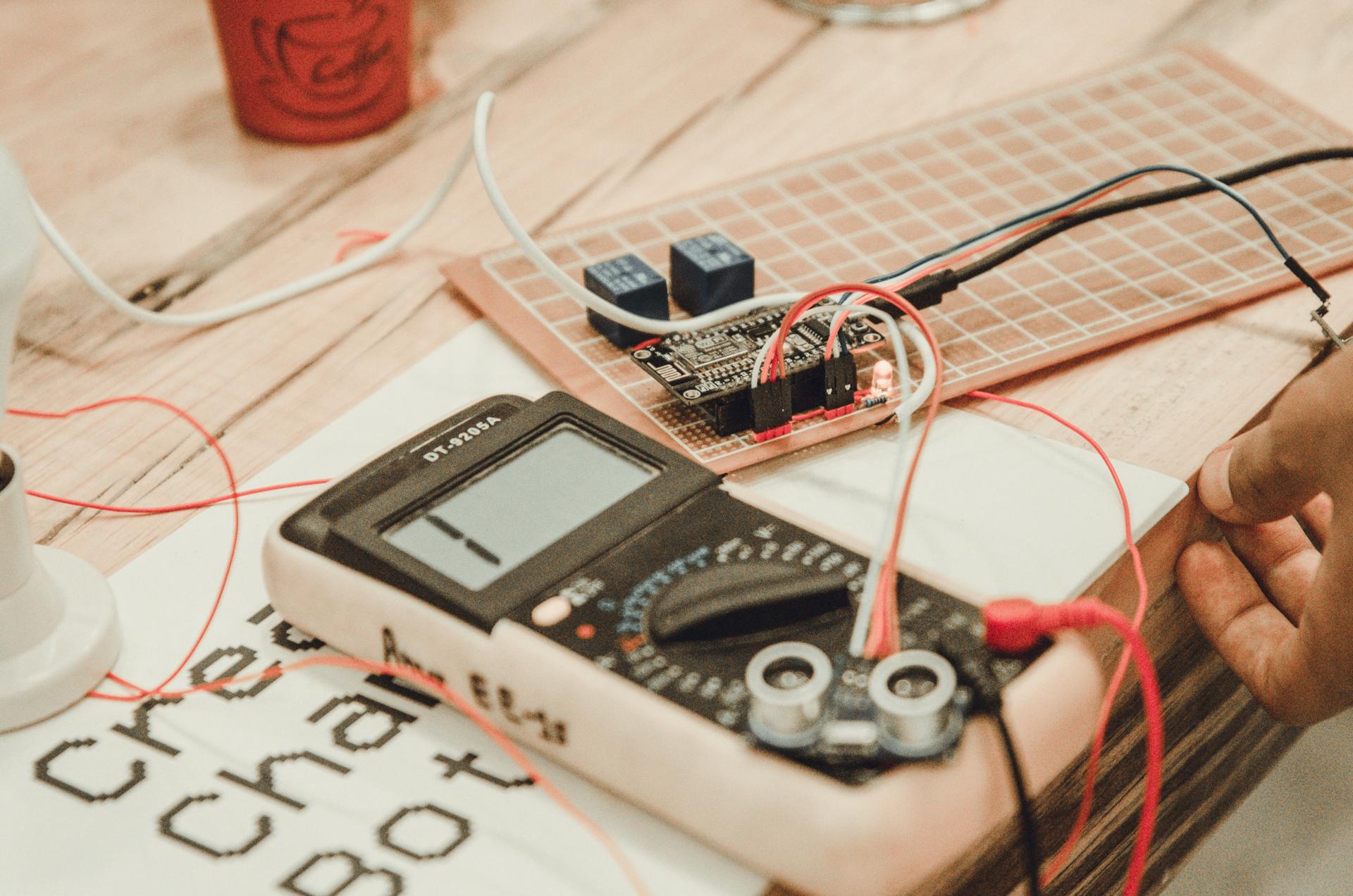Ways to Test Your House's Electric Safety: A Complete Tutorial

In terms of home security one of the primary areas to think about is the safety of electrical wiring. Electrical safety testing is the process of checking the electrical system within your home to be sure that it is safe and in compliance with the latest standards. In this article, we’ll provide you with the basics of what electrical safety tests are, what equipment you’ll require for conducting them, the best method to perform the tests, and the warning signs to be aware of.
What is what is an Electrical Safety Test?
A safety test for electrical appliances is the process of checking the electrical system inside your home to ensure that it’s safe and functioning correctly. The importance of electrical safety tests is because they can help avoid electrical fires and accidents and also ensure the long-term durability the electrical systems you have.
Tools Required for an Electrical Safety Test
In order to conduct an electrical safety check, you’ll require a few basic equipment. They include the voltage tester as well as a continuity tester, circuit tester as well as outlets tester. The voltage tester is used to look for live circuits, whereas the continuity tester is used to check for circuits that are damaged. The circuit tester is utilized to detect wiring problems and outlets testers are used to detect wiring problems in the outlets. It is essential to utilize the tools correctly in order to obtain accurate results.
How do I Conduct an Electrical Safety Test
To perform an electrical safety test inside your home Follow these steps:
Switch off the power source on the circuit or circuits you’re testing.
Make use of the voltage tester to look for live circuits.
Utilize this continuity tester to look for broken circuits.
Use the circuit tester for checking for electrical faults.
Make use of the outlet tester to find any wiring issues within the outlets.
When testing make sure you look for evidence of wear or damage on the wiring that could indicate frayed or broken wires, burn marks, or loose connections. If you spot any problems, it’s important to address them as quickly as you can to prevent potential hazards.
The Signs of Electrical Issues to be Watchful for
There are many warning signs that could signal electrical problems in your home. This includes flickering lights, frequent circuit breaker tripping noises that crackle or buzz from outlets, the appearance of outlets that are discolored or hot, and a burning smell. If you spot any of these indications, you should act immediately to prevent potential electrical hazards.
Conclusion
Electrical safety tests are crucial to ensure the safety of your home and your family. By performing regular tests and addressing any issues promptly to avoid any potential electrical hazards and extend the lifespan of your electrical system. If you require assistance in electrical repairs or testing, don’t hesitate to contact Local Electrician Randwick. Our team of experts can offer you expert advice and support. Contact us at 1300 941 876 to schedule an appointment or request a quotation.
FAQ Section
How often should I conduct an electrical safety check in my home?
We suggest conducting electrical safety tests at least once per year.
Can I conduct the electrical test on my own or do I need the help of a specialist?
While it’s possible to perform an electrical safety test on your own, it’s recommended to hire an expert to guarantee accurate results and to avoid any potential dangers.
What are the most common electrical problems that can be found during an electrical safety test?
The most common electrical problems discovered during a safety check are faulty wiring, overloaded circuits, and outdated electrical systems.
What do I do if encounter a problem during the electrical safety check?
If you discover a problem when you conduct the electrical safety check It is crucial to take action immediately. This may include making contact with a professional electrician to resolve the issue, or replacing faulty equipment.
